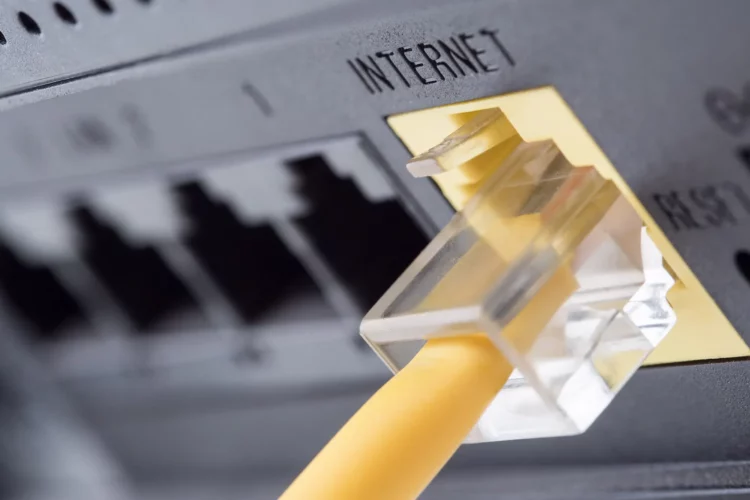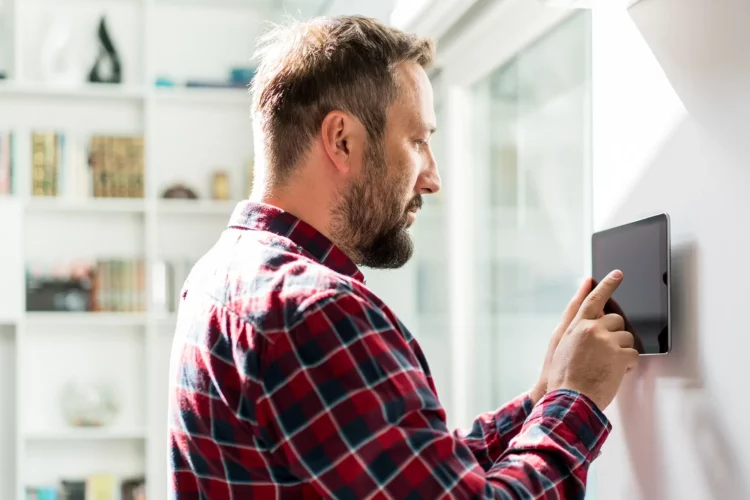It’s no secret that the Internet is one of the most powerful tools that people have access to. Unfortunately, this doesn’t mean that it always functions correctly. If you do encounter Internet problems, though, they are likely easier to fix than you think.
Not sure where to start? Don’t worry, we’ve got you covered.
Let’s take a look at everything you need to know about these common problems.
1. Can’t Connect To The Internet
As you may expect, this is one of the most common router issues that users encounter. It’s also one of the most frustrating, as it can severely hinder productivity.
In general, the root of the issue is likely the network itself and not an underlying hardware problem. If you haven’t changed any Internet-related settings, you shouldn’t have any problem resolving it on your own.
How to Solve:
Before you do anything else, try rebooting your router and modem to see if this rectified the issue. Oftentimes, this is all it takes in order to get back on track. Alternatively, you can disconnect from the Internet on your device and then reconnect to the same network.
If these methods are unable to resolve the problem, you may need to contact your Internet service provider to determine if there are any current outages.
2. DNS Errors
This problem usually stems from complications related to DNS configuration. In order to determine if this is the cause, you can use the utility command ‘nslookup’ in order to quickly display the settings associated with a particular workstation’s DNS settings.
This will allow you to quickly pinpoint any areas of concern.
How to Solve:
By using your device to configure the DNS settings directly, you’ll likely be able to avoid this issue entirely. It’s particularly common that a device is attempting to use an incorrect DNS server.
While looking through the settings for your adapter, choose the option that allows you to automatically obtain the DNS server address for your workstation.
3. Slow Connection Speed
Yet another frustrating problem that users frequently encounter, slow connection speed directly affects both a user’s productivity and entertainment.
In general, slow speeds are due to high bandwidth usage— something’s that’s fairly common in a household where many devices share the same network.
How to Solve:
To get started, you can use an online tool to run a speed test and determine if your connection is performing up to the standards that it should be. If not, then you may need to reboot your device, check your modem/router’s settings, etc.
If you find that your speeds are lower than what your ISP offers, the issue may be on their end. So, you’ll likely need to get in touch with them.
4. Duplicate IP Address
Devices that share the same IP address will result in the user being unable to connect with one (or both) of them. As you may assume, this can create a seemingly impassible obstacle between you and accessing the Internet.
How to Solve:
Many times, your router’s DHCP settings are to blame for this scenario. This often arises when the device you attempt to add to a network has its own DHCP server.
By disabling it on your device, you’ll be able to freely connect to the network without any issues.
5. Can’t Connect to Other Devices
Many of us have been in a situation where our computer isn’t able to connect to another device (such as a printer)— even if the device is adjacent to the computer.
Although the problem could have a multitude of causes, it’s most likely the result of a security conflict between the two devices. For example, attempting to connect to an older device using a machine with a newer operating system may display an error.
How to Solve:
There’s a handful of methods you can try in order to fix this problem. These include:
Chances are, one of the above will be able to take care of the issue for you.
6. IP Address Exhaustion
As with duplicate IP addresses, IP address exhaustion can prevent aa device from connecting to the Internet until the issue is resolved. Fortunately, it’s relatively easy to diagnose.
How to Solve:
By using the ‘ipconfig’ command, you’ll be able to determine whether or not an IP address is available from your DHCP server. There isn’t an IP address available in this scenario if it begins with ‘169.x.x.x’.
If you don’t own a local router, you may have exceeded the maximum amount of IP addresses provided by your ISP. If you already own a router, you can configure the DHCP settings to expand the total number of available IP addresses.
7. Can’t Connect To The Internet in Certain Parts of Your Home or Office
It’s not uncommon to find that it’s impossible to maintain a strong Internet connection while using devices in certain rooms. This is especially true in larger homes or workspaces.
How to Solve:
The easiest way to resolve this problem is to move your device closer to the router. You should also place your router in a centralized location that allows you to facilitate the best overall connection.
Solving These Common Problems Can Seem Difficult
But it doesn’t have to be. With all the above information about the 7 most common internet problems in mind, you’ll be well on your way toward handling the issues just like an IT professional.






